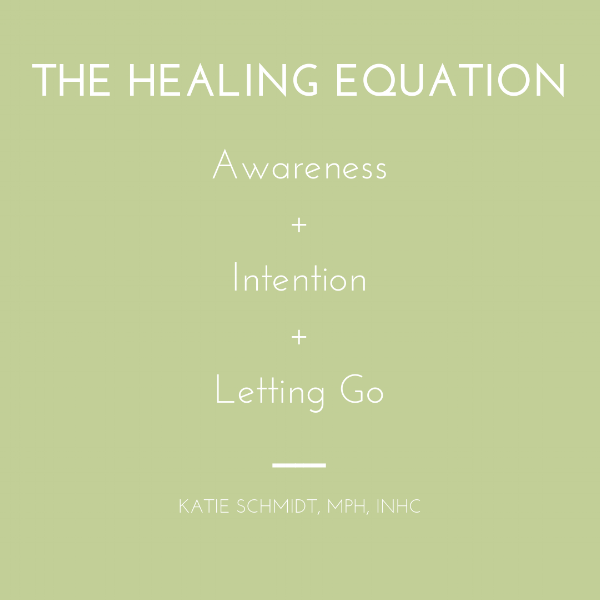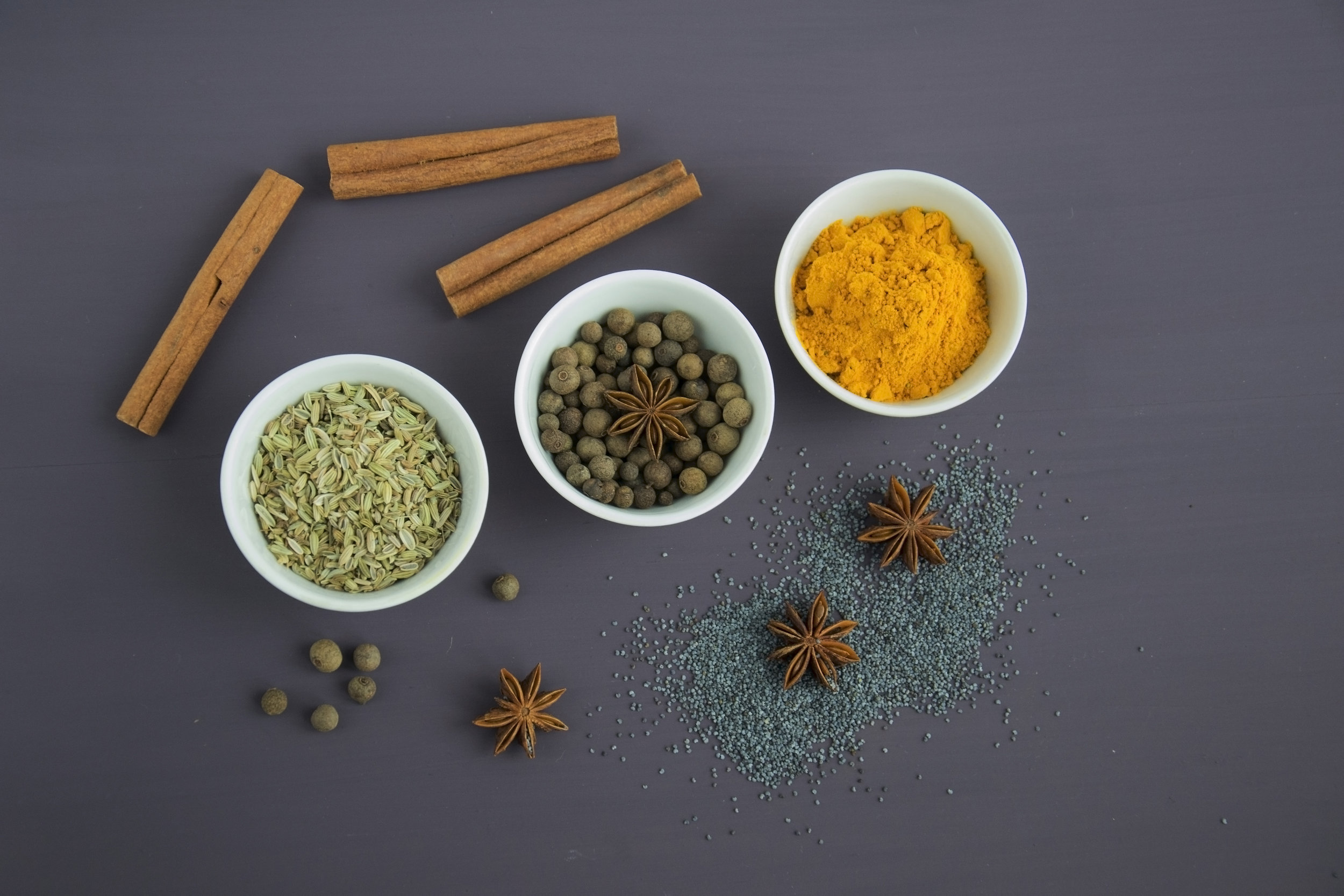A Behavioral Food Therapist’s Guide to Whole Healing
A few weeks ago I tore my Achilles tendon playing tennis. I was lucky to get into surgery just two days later. Now only nine days remain in my cast.
I have not had the terrible, painful experience people talk about with this injury, neither when it happened nor recovering post-surgery. I can't tell you for certain why this is. But I imagine it has something to do with 1) luck, 2) being healthy prior to the injury, 3) taking care of myself during recovery, 4) having a flexible mindset, 5) receiving good support from my partner and mom so that I only had to worry about healing and 6) having a therapy support dog -- AKA, Leila.
Whether you're healing from a physical injury, an emotional trauma, or you just need some extra TLC, I'm taking this opportunity to share a short guide to whole healing. This guide includes a summary of various mindsets and nutritional strategies I've shared with clients over time and practice myself. I hope it's useful to you as well.
Healing Mindset
Healing is synergistic. Be nimble and approach it with a 3-D lens.
Awareness
It's okay to not be okay. Experiencing difficult emotions is part of being human. But the more we can turn toward the difficult emotions with acceptance and identify and label what we’re feeling, the less intense those emotions will become. And the sooner we’ll be able to move with them, rather than be stuck underneath them.
Intention
Awareness and acceptance frees us from the murky waters of stagnation. It allows us to direct mental and physical energy on healing and the rest of life, rather than being consumed by our pain. Use the below prompts to redirect your attention:
What is this healing journey teaching me?
What is it allowing me to do that would have otherwise not been available to me?
Letting Go
Whether we’re healing from diet mentality, an eating disorder, illness, injury, or anything else, healing takes time. And working with the passing of time takes both emotional awareness and emotional distance. I have a quote up in my office from the Yoga Sutras that says:
Consistent action with non-attachment to the outcome delivers success in practice.
The first two steps in the healing equation, Awareness and Intention, must happen before we can fully surrender to the situation, trust the process, and give it time.
A Visualization for Letting Go: The following is a mindfulness technique that encourages broader perspective and a sense of control over where we place our attention.
Think of letting go as being in control of a stage spotlight. The spotlight represents your focus and what you’re experiencing with all five senses.
Picture the spotlight shining directly on the pain in your body, the experience of a difficult emotion such as anger, pity, or frustration, or resistance to reality (e.g. wishing things were different).
Next, imagine yourself broadening the lens of the spotlight so it illuminates your entire body, continuing to widen, casting light over the objects or people around your body, and eventually the entire room. Remember to use all five senses to help you broaden this spotlight of awareness and attention.
Nutrition for Healing
While there are many aspects of nutrition important for healing and many others specific to the type of healing needed, below are three suggestions that can benefit us all. And remember, if you're healing from emotional trauma, you still need good nourishment. Psychosomatic stress occurs when emotional distress causes physical symptoms such as inflammation or digestive upset.
Sprinkle with Spices
Your everyday pantry spices pack unassumingly potent anti-inflammatory power. Ideally your spices are protected from heat and direct sunlight and they haven't been hanging out on the shelf longer than six months. Incorporate turmeric, ginger, cinnamon, cumin, chili powder, coriander, fennel, oregano, and thyme in as much as possible. Here are my go-tos: Soup, curry, salad dressings, tahini sauce, roasted veggies, bean/tuna/chicken salad, eggs, smoothies, baked goods.
Count Your Colors, not Calories
The colors of food represents particular nutrients, and therefore healing elements.
Green: Natural plant nitrates, chlorophyll, calcium, magnesium protect the heart and blood vessels, improve liver, gall bladder and kidney function, and strengthen immunity.
Spinach, kale, Swiss chard, celery, broccoli, cucumber, peas…..
Red: Vitamin C and lycopene support blood and bone health, immune defense, and prevent against inflammation.
Beet, Apple, Red Bell Pepper, Tomato….
Blue/Purple: Anthocyanins protect cognitive function, memory and mood
Berries, beets, figs, eggplant, purple varieties of cabbage, carrots, potatoes, kale
Orange/Yellow: Carotenoids such as beta-carotene and lutein fight free radicals, protect against sun damage, possibly reduce cancer risk, maintain good vision, support fertility and delay menopause. Citrus flavonoids stimulate bile and digestive enzymes that support digestion, energy, and a healthy metabolism.
Butternut squash, carrot, pumpkin, sweet potato, persimmon, orange, peach, lemon, ginger…
Boost Your Probiotic Intake
I've written about the importance of probiotic-rich foods here. It's especially important to increase consumption and variety when taking medication that could alter gut flora. I added in a probiotic supplement in addition to my regular enjoyment of fermented foods while I was taking Tylenol and Ibuprofen.










